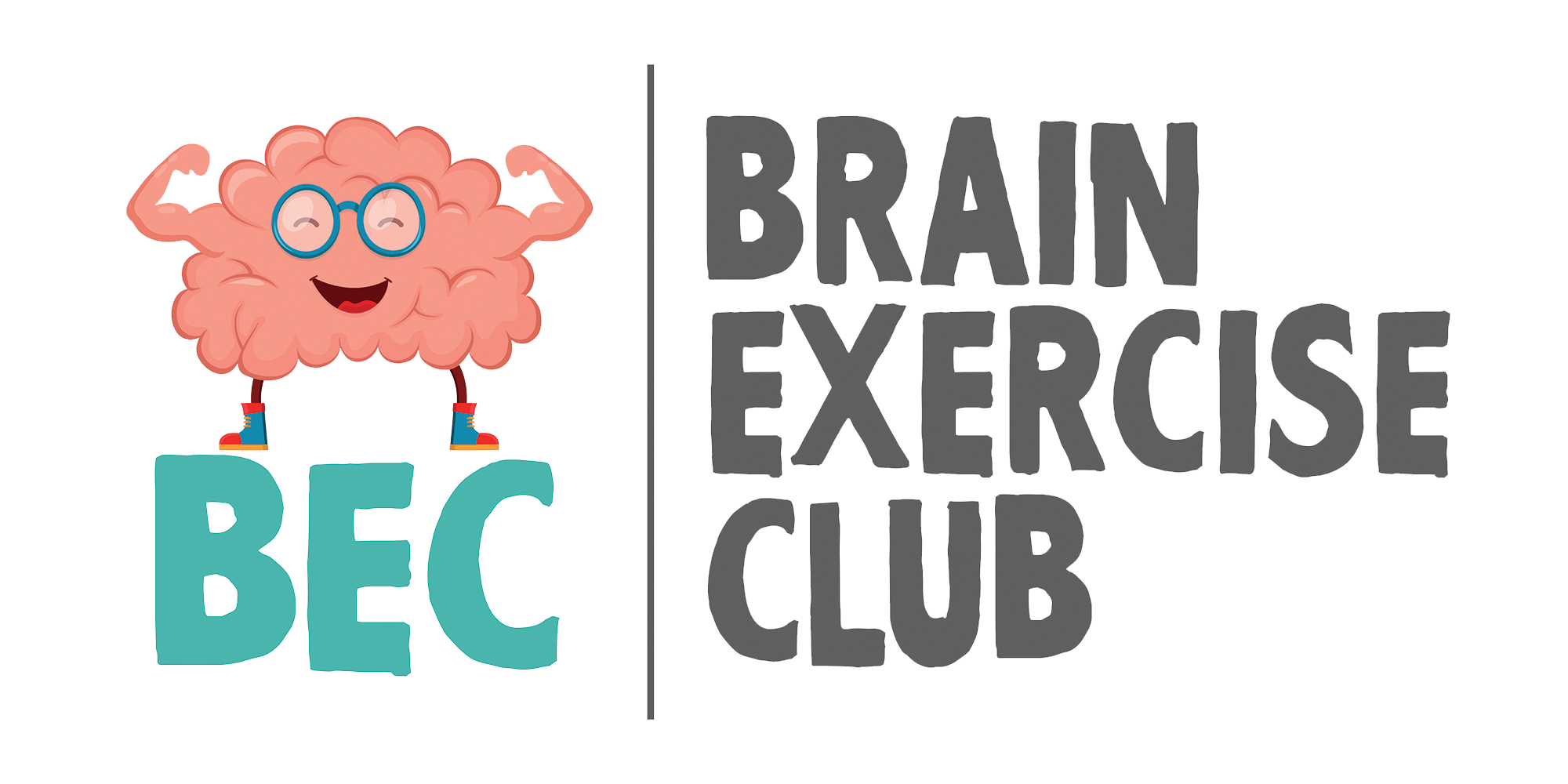
Positive Reinforcement for the ADHD Brain
- Posted by brainexerciseclub
- Categories Articles
- Date October 13, 2023
Attention Deficit Hyperactivity Disorder (ADHD) is a neurodevelopmental condition that impacts a significant global population. Individuals with ADHD commonly contend with difficulties related to attention, impulsiveness, and hyperactivity. Given the distinct wiring of the ADHD brain, the concept of positive reinforcement assumes a pivotal role in managing the more challenging aspects of this disorder.
Understanding Positive Reinforcement
To begin, it’s essential to grasp the mechanics of positive reinforcement. Positive reinforcement is a behavioral principle centered on rewarding desired conduct. These rewards can encompass various forms, ranging from verbal praise and high-fives to tangible items like stickers or toys. The fundamental aim of positive reinforcement is to elevate the likelihood of the desired behavior recurring.
Distinctive Features of the ADHD Brain
Positive reinforcement can prove exceptionally effective for individuals with ADHD. This stems from the fact that ADHD brains exhibit unique wiring patterns compared to neurotypical brains, resulting in difficulties regulating behavior. Positive reinforcement offers a valuable tool for addressing these challenges by offering a clear incentive for desirable actions. Several notable distinctions in the ADHD brain include:
1. Heightened Impulsivity: Individuals with ADHD frequently exhibit impulsivity, characterized by speaking or acting without forethought.
2. Impaired Working Memory and Increased Distractibility: These individuals often struggle to maintain focus during tasks and face challenges when attempting to re-engage after distractions.
3. Hyperactivity: ADHD manifests with hyperactivity, encompassing difficulties in self-regulation, limited awareness of body movements, and discomfort with extended periods of quiet.
Positive reinforcement can effectively support individuals with ADHD across these areas, as it helps them appreciate the benefits of favorable behaviors instead of primarily facing consequences for actions that are inherently more challenging for their brain to regulate.
The Role of Dopamine Release and the Significance of a High Five
ADHD brains typically release less dopamine compared to neurotypical brains. Dopamine serves as the brain’s “reward” signal, being released upon accomplishment, pride in achievements, or pleasurable experiences. Dopamine essentially signifies to the brain, “I want to do that again.” While certain standard rewards or consequences may not resonate effectively with the ADHD brain, identifying methods that trigger dopamine release holds paramount importance.
Individuals with ADHD often yearn for this dopamine release, albeit with unique cognitive nuances. Some useful positive reinforcement strategies for individuals with ADHD may encompass:
1. A simple gesture like a high five upon task completion or sustained focus, as it can induce a surge of dopamine that aids in behavior and mindset regulation.
2. Consistent and genuine praise, albeit not excessively frequent, to maintain its effectiveness.
3. Immediate feedback, as the ADHD brain responds more favorably when feedback promptly follows the behavior.
4. Attentively recognizing and nurturing the individual’s strengths, which contributes to building self-esteem.
ADHD Brain Enhancement Through Brain Training
Improving cognitive abilities and augmenting thinking and learning skills significantly benefit individuals with ADHD. Our distinctive approach empowers learners to succeed on their own terms. Clients with ADHD have experienced an average advancement of 3.2 years in their attention skills, alongside improvements in self-esteem and interpersonal skills. We firmly believe that anyone can enhance their thinking and learning abilities!
You may also like

Essential Skills for Children to Thrive in Kindergarten and Beyond

Root Cause of Reading Struggles

